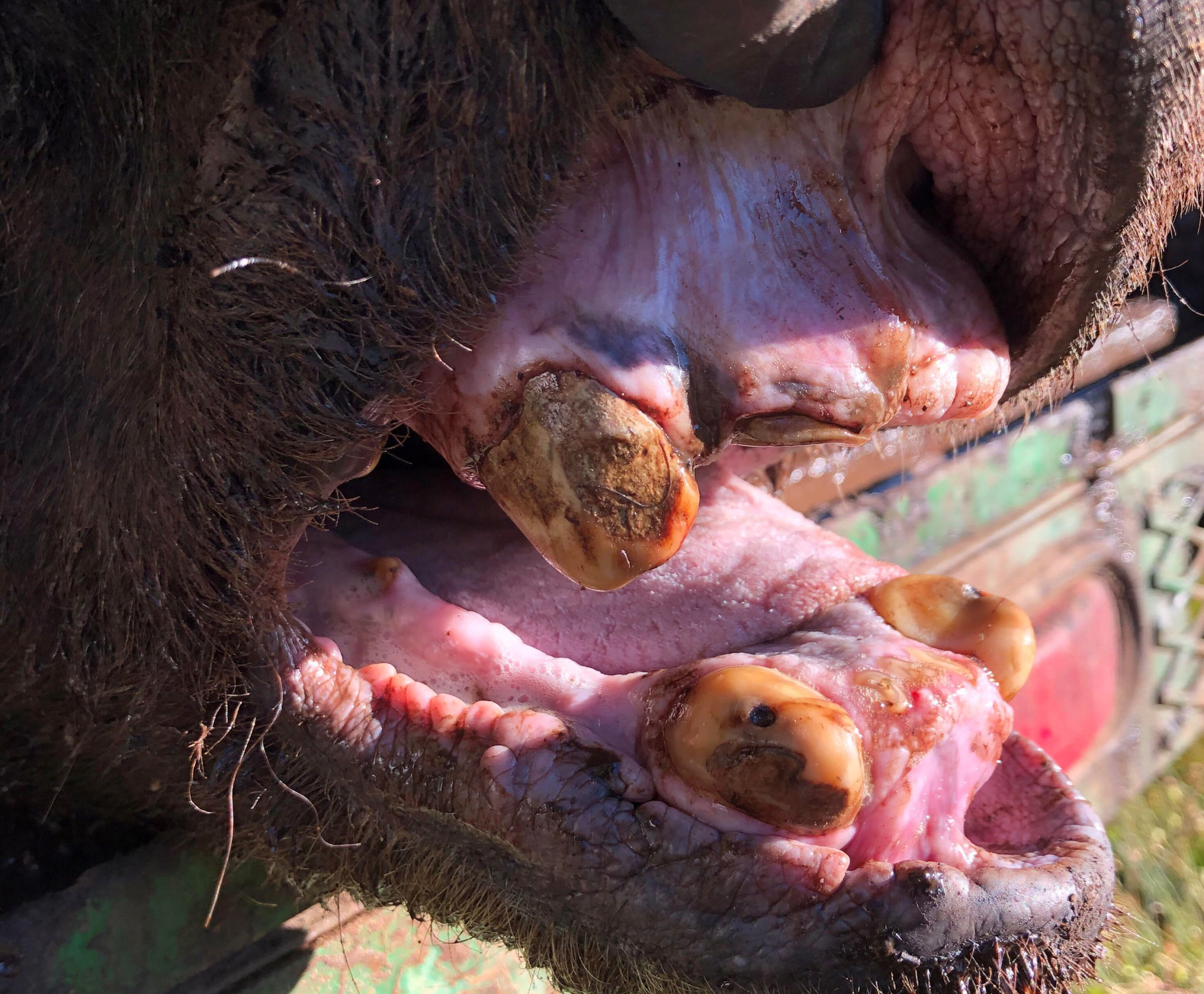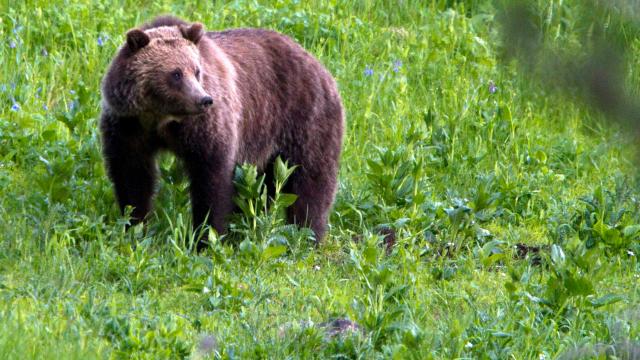Scientists found a 34-year-old grizzly bear in southwest Wyoming, identifying him by a mark on his lip made by biologists in 1989. That’s the oldest grizzly ever known in the Yellowstone region that includes parts of Montana, Idaho, and Wyoming. Respect your elders.
There’s no telling if there are older grizzly bears currently roaming Yellowstone, since hundreds of the creatures are completely unmarked by scientists. But this one is by far the oldest one on whom there is scientific documentation.
Sadly, though, biologists had to put the bear down. He was captured last summer after he got caught preying on calves on nearby ranches. After euthanizing the creature last July, biologists found an identifying tattoo on its lip that read 168 — a mark given to the creature in 1989.
[referenced id=”1666860″ url=”https://gizmodo.com.au/2021/01/this-is-alex-the-first-antarctic-penguin-born-in-mexico/” thumb=”https://gizmodo.com.au/wp-content/uploads/2021/01/25/fyeqltzjqghnufwlss8u-300×168.jpg” title=”This Is Alex, the First Antarctic Penguin Born in Mexico” excerpt=”Over the past couple of weeks, staff at the Inbursa Aquarium in Mexico City have had their eyes glued to a single animal. In a way, it’s reminiscent of parents checking in on their newborn baby; aquarium staff made sure the animal’s mother didn’t squish him, watched so that other…”]
The bear was a male, which is notable, as female grizzlies generally live longer than males. Previously, the oldest known grizzly in Yellowstone was bear 399, a female who died at 27.
When caught, 168 had just three teeth left, and they were ground down to nubs — a sure sign of old age, and an explanation for why the animal was going after easy prey like calves. He was also quite emaciated, weighing in at just 170 pounds (77 kilograms), which is nothing for a grizzly. When he was captured in the Shoshone National Forest in August 1991, records show he weighed 450 pounds (204 kilograms).

Yellowstone biologists consider grizzlies’ bodily health based on a 1-to-5 scale, with 1 being in the worst shape and 5 being the worst. When he was captured, 168 was rated a zero. Because of his failing physical condition, Fish and Wildlife Service biologists made the call to euthanize the animal last July instead of relocating him to a more remote part of Yellowstone.
“It was sad that we had to put him down, but ethically there was nothing else that could be done, Dan Thompson, a biologist with Wyoming Game and Fish told the Jackson Hole News and Guide. Pour one out.
Researchers know quite a bit about the bear from past records. Grizzly 168 was first captured when he was three years old — that’s when scientists gave him his identifying tattoo — and then captured again in Fremont County, Wyoming in spring 1996. Over the next year, he lost his radio collar, so scientists aren’t totally sure what he was up to, but DNA tests show that he likely fathered three kids in the mid-2000s, and may have had some more kids in later years when he was 23 and again when he was 31.
Conditions are hard for grizzlies, which makes 168’s life all the more remarkable. There are only 1,800 grizzlies left in the contiguous U.S., including roughly 700 in Greater Yellowstone Ecosystem. That’s just a small fraction of the 50,000 who roamed the land before Anglo-Americans colonised the West in the 1800s. The bears have faced pressure due to threats including hunting and habitat degradation. Climate change has increasingly played a role since the bears rely on seeds and berries for nutrition and fattening up for winter hibernation as well as reproduction season. Rising temperatures have increased the likelihood of droughts that can curtail fall seed crops. Research on Alberta grizzlies also found that certain berry crops could pop up earlier in the year, creating a what’s called a “phenological mismatch” for bears need the nutrients the most.
Despite the risks, it’s not all bad news for grizzlies. The creatures’ numbers have been increasing since they were given federal protection in the 1970s, with the Yellowstone population rebounding from just over 100 in the 1970s. Fish and Wildlife Service removed Yellowstone grizzlies from the Endangered Species List in 2017, but they were placed back under the federal protections after a court ruling last year. So hopefully, 168’s kids will have a shot at a bright future.
